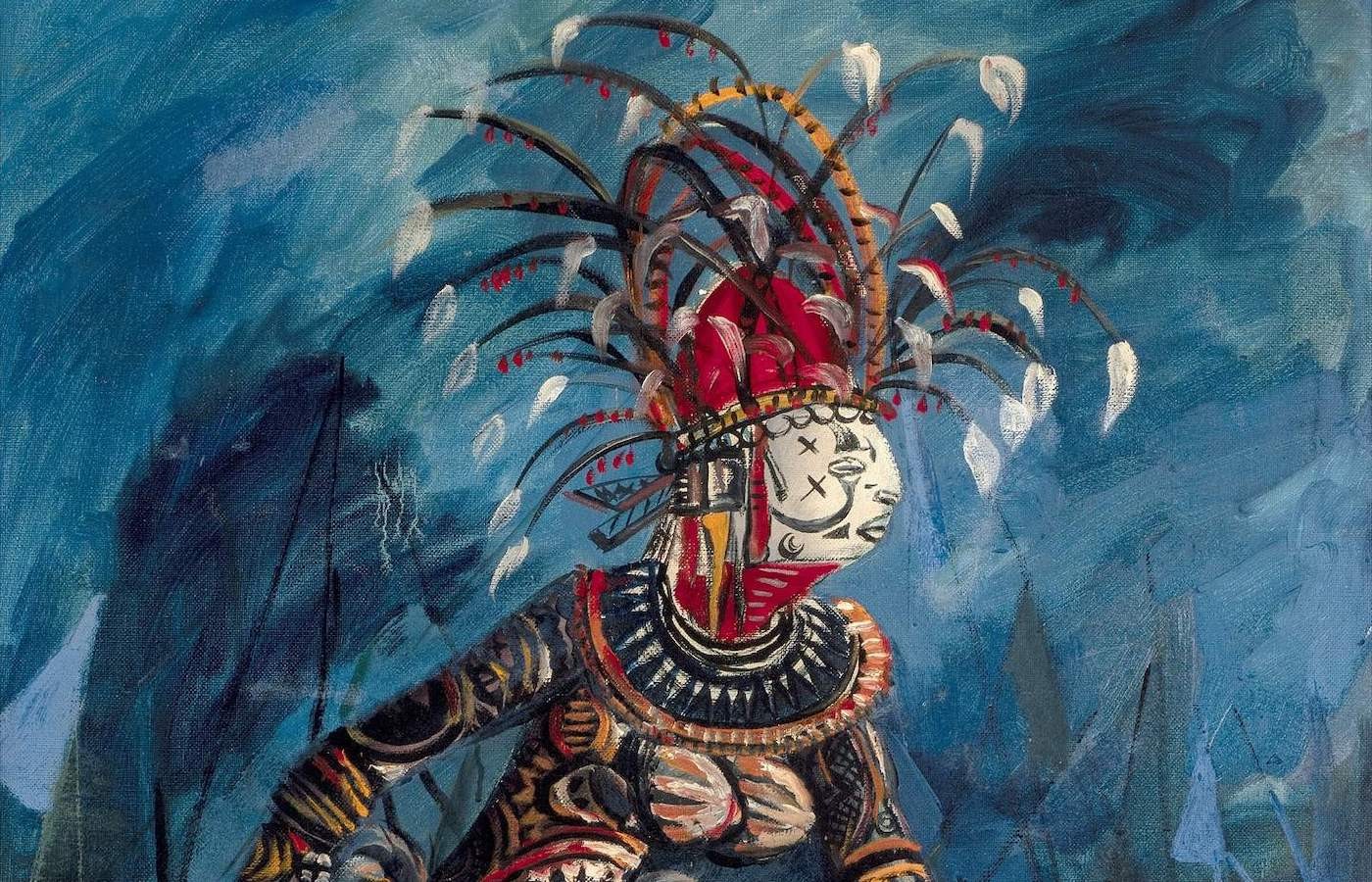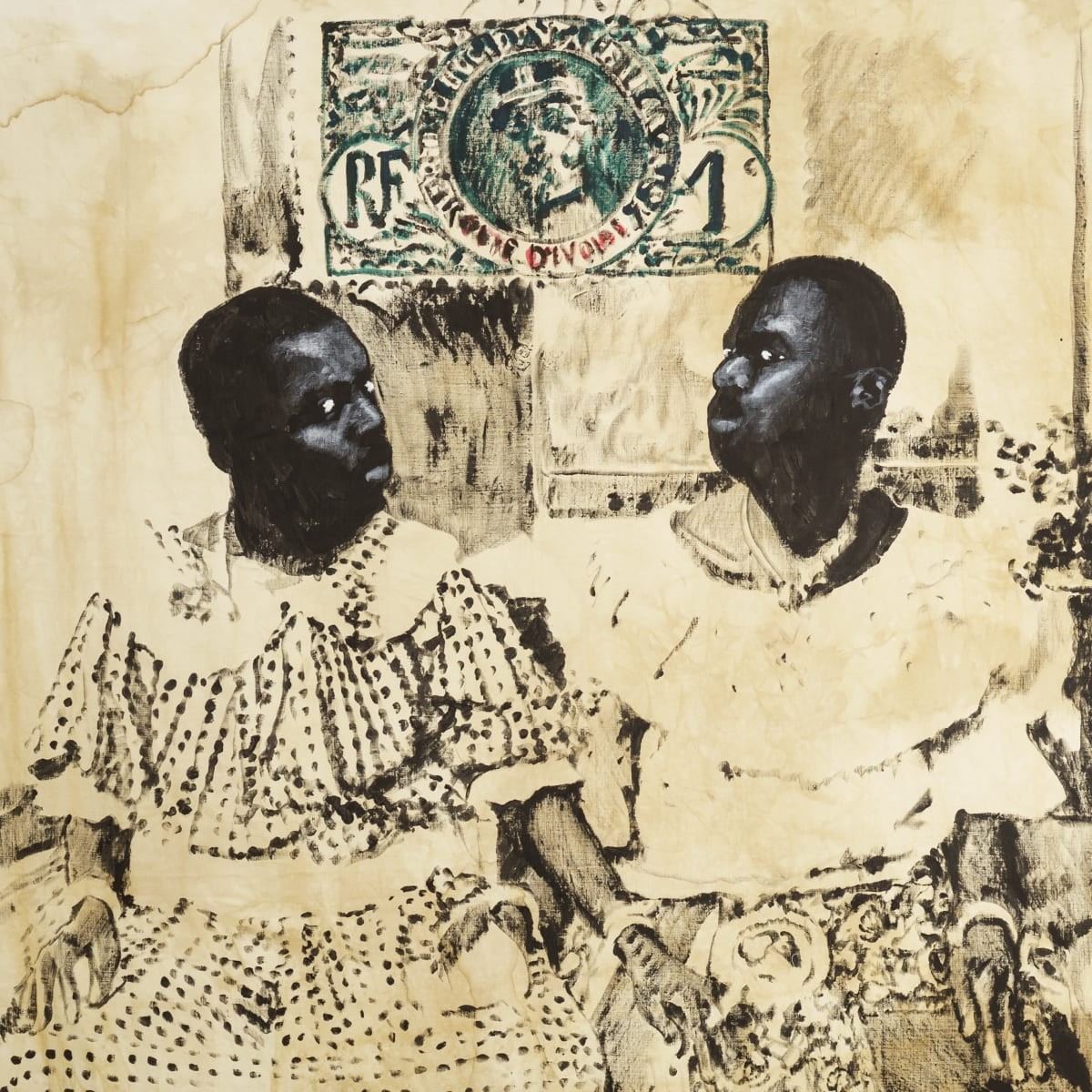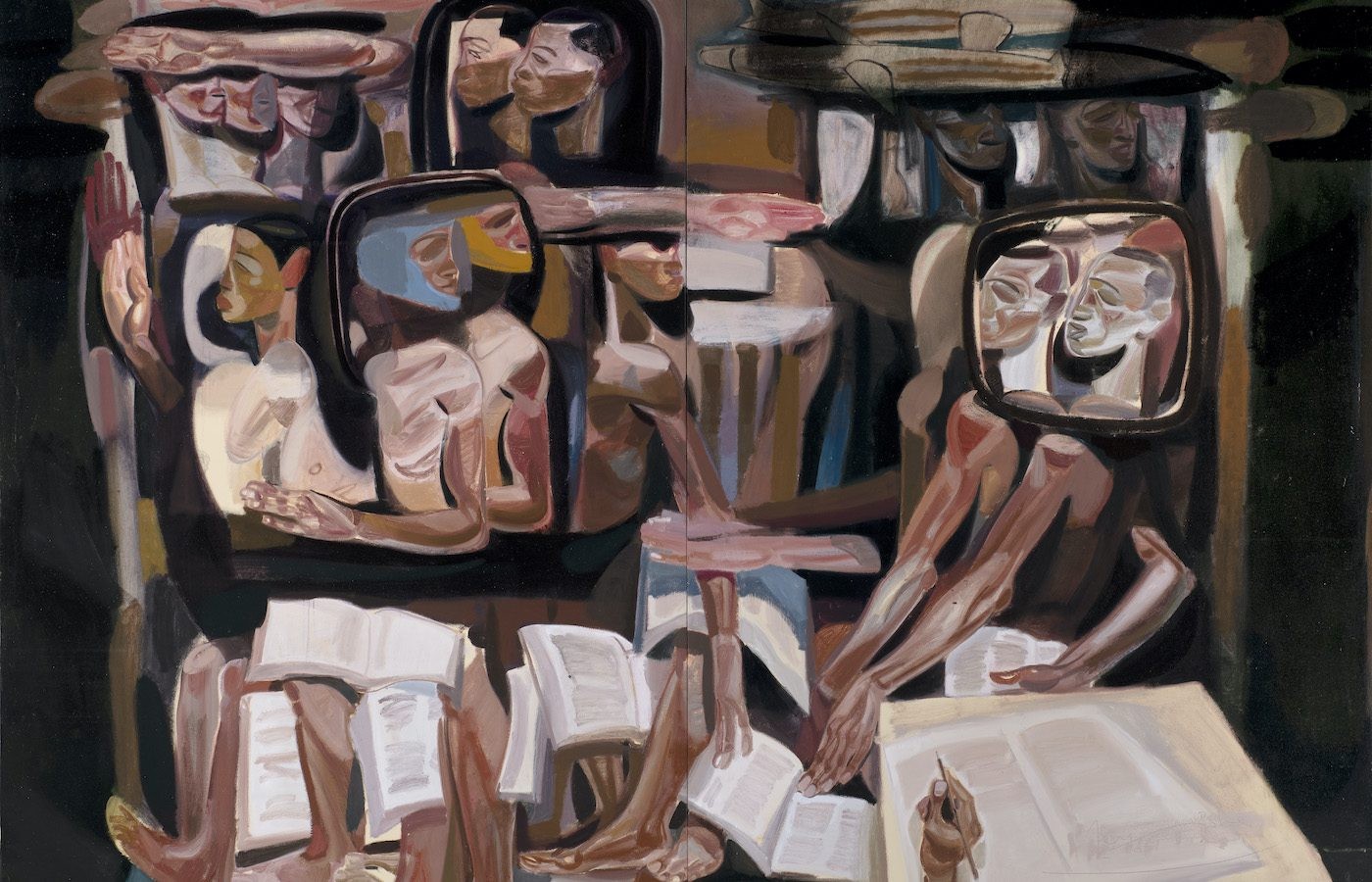Invisible Inventories: Questioning Kenyan Collections in Western Museums

Invisible Inventories: Questioning Kenyan Collections in Western Museums
07 April 2021
How can Kenyan cultural objects that are in the possession of cultural institutions in Europe and the US be made accessible in Kenya? This question is being investigated by the exhibition series Invisible Inventories, which opens on the 17th of March at the National Museums of Kenya in Nairobi — in the absence of said historical objects. Subsequently, two German museums will present the exhibition — the Rautenstrauch-Joest Museum in Cologne from the 28th of May and the Weltkulturen Museum in Frankfurt am Main from the 6th of October — while making the collections of Kenyan objects visible. These exhibitions are connected by the collective research that took place over the past two years, as part of the International Inventories Programme (IIP). Since 2019, IIP has been building a digital database of Kenyan cultural objects that are held in Western museum collections. To date, the database comprises over 32,000 objects and, in March 2021, it shall be made accessible to the public online. IIP consists of the artist collectives The Nest (Nairobi) and SHIFT (Germany/France), the National Museums of Kenya, the Rautenstrauch-Joest Museum in Cologne, the Weltkulturen Museum in Frankfurt am Main and the Goethe-Institut. This endeavour sees museum experts, scholars and artists researching and investigating the political, social, and psychological implications provoked in host communities by the loss and absence of their objects of historical and cultural significance. From empty display cabinets to man-eating lions: how to tell stories of loss? The artist collective The Nest, represented by Jim Chuchu and Njoki Ngumi, reflects on and visualises the sheer amount of objects recorded in the database. They address their different values – from acquisition, to insurance and emotional value, as well as the power relations exerted by individual Western dealers and institutions – with seemingly endless chains of shipment labels. Ten empty display cabinets will represent objects which are absent from the collection of the National Museums of Kenya, yet found in those of the Rautenstrauch-Joest Museum and the Weltkulturen Museum. These ten objects have been selected and closely investigated as a collabo- rative project between museum professionals from all three institutions. Video documentaries represent the different voices from host communities who have been involved in the process. The installation A Topography of Loss by Sam Hopkins and Simon Rittmeier (SHIFT collective) draws inspiration from the way museums store these objects in an attempt to poetically map the consequences of their absence. Sam Hopkins and Marian Nur Goni (SHIFT collective) present a sound installation about the manifold narratives of the so-called Man-Eaters of Tsavo. These two legendary lions managed to bring the British imperial machinery to a halt at the turn of the 19th century, during the building of a railway in East Africa. Since 1925, they have been taxidermied exhibits in Chicago. Who gets to tell their story today? With his work Lightning Strikes the Obelisk, Simon Rittmeier addresses an international case of repatriation in which he examines the lengthy case of the obelisk of Axum restituted from Italy to Ethiopia in 2005. A central part of the International Inventories Programme are the public discussions, Object Movement Dialogues. Accompanying the first exhibition in Nairobi, several panelists from different local communities are invited to Nairobi to exchange views with Juma Ondeng’ of the National Museums of Kenya on the consequences of the absence of their objects. This dialogue will be complemented by a rich public programme, including guided tours by artists and by the National Museums of Kenya team, a workshop, as well as a school programme. To accompany the exhibition, a catalogue in the form of a magazine has been published in conjunction with Iwalewabooks (Bayreuth/Johannesburg) and Kwani (Nairobi). In the following iterations of the exhibition in Cologne and Frankfurt, the Kenyan cultural objects from the collections of the Rautenstrauch-Joest Museum and the Weltkulturen Museum will be presented. Many of those objects have been in storage for decades and, for the most part, have never been publicly exhibited. To make a selection of the objects, the museum experts — Njeri Gachihi, Frauke Gathof, Clara Himmelheber, Lydia Nafula, Leonie Neumann, Philemon Nyamanga and Juma Ondeng‘ — worked together on extensive object biographies for the first time. The exhibition project Invisible Inventories is funded by the German Federal Cultural Foundation. Further Stops are: Rautenstrauch-Joest-Museum Cologne: May 28 – August 29 2021; Opening on May 27 2021 Weltkulturen Museum Frankfurt: October 6 2021 – January 9 2022; Opening on October 5 2021 inventoriesprogramme.org
View more from

Nigerian Modernism – Group Show
Oct 8, 2025–May 10, 2026

Roméo Mivekannin: Correspondances
Oct 2, 2025–Mar 21, 2026

The Writing’s on the Wall (TWTW)
Sep 13, 2025–Mar 14, 2026

Seydou Keïta: A Tactile Lens
Oct 10, 2025–Mar 8, 2026

ECHO DELAY REVERB: American Art and Francophone Thought – Group Show
Oct 22, 2025–Feb 15, 2026

Tesfaye Urgessa: Roots of Resilience
Sep 20, 2025–Feb 15, 2026